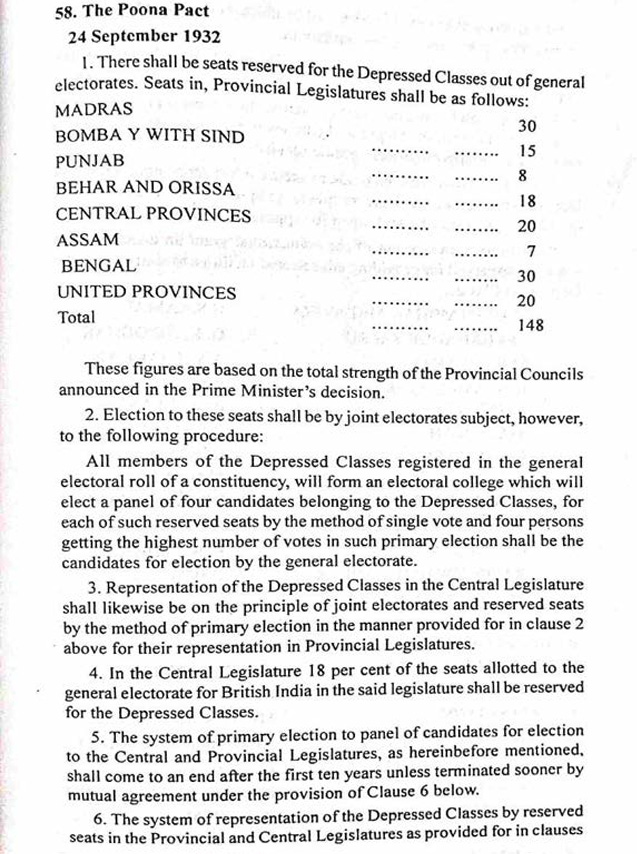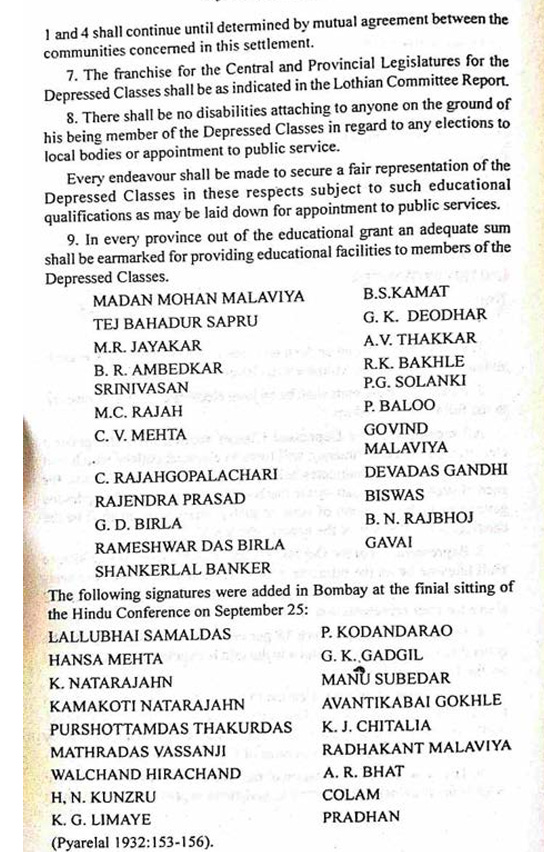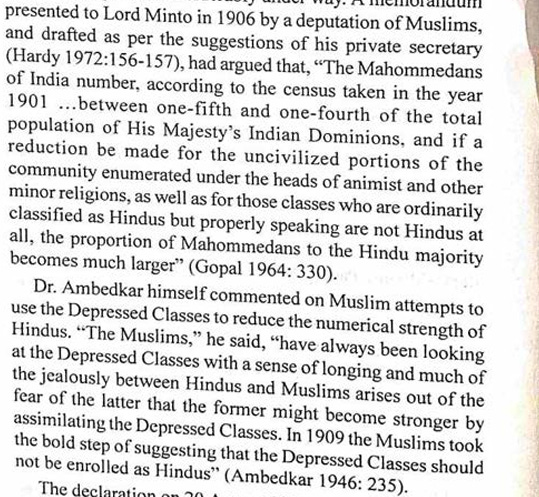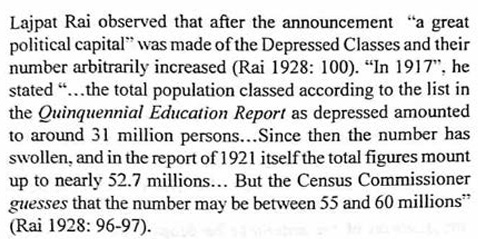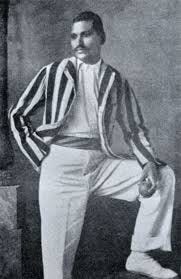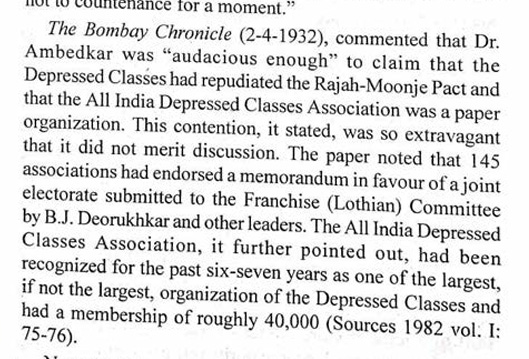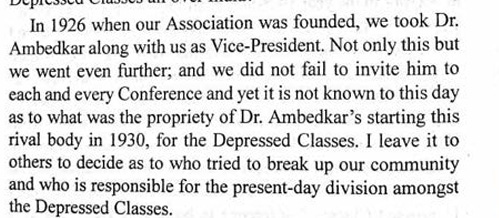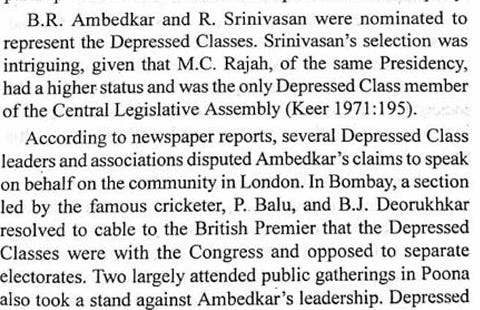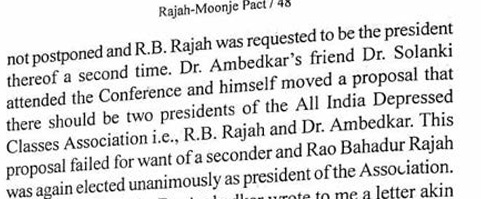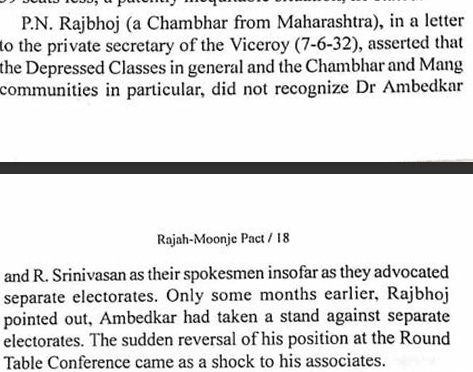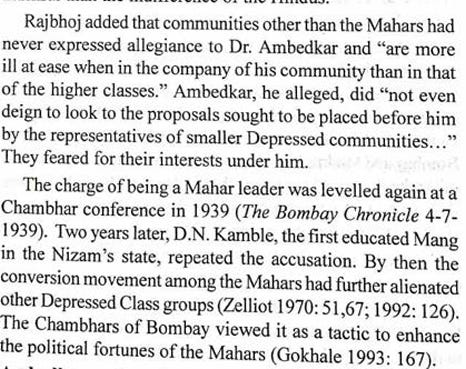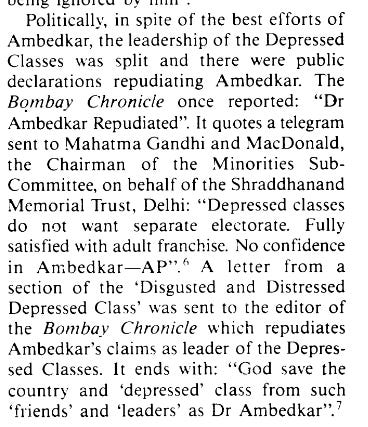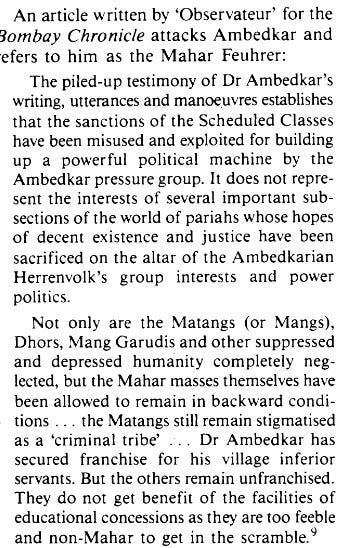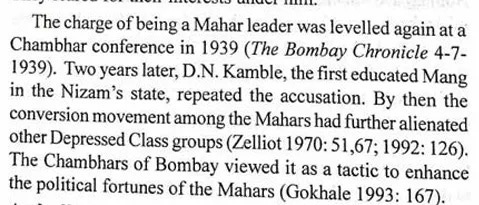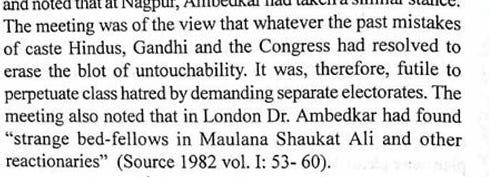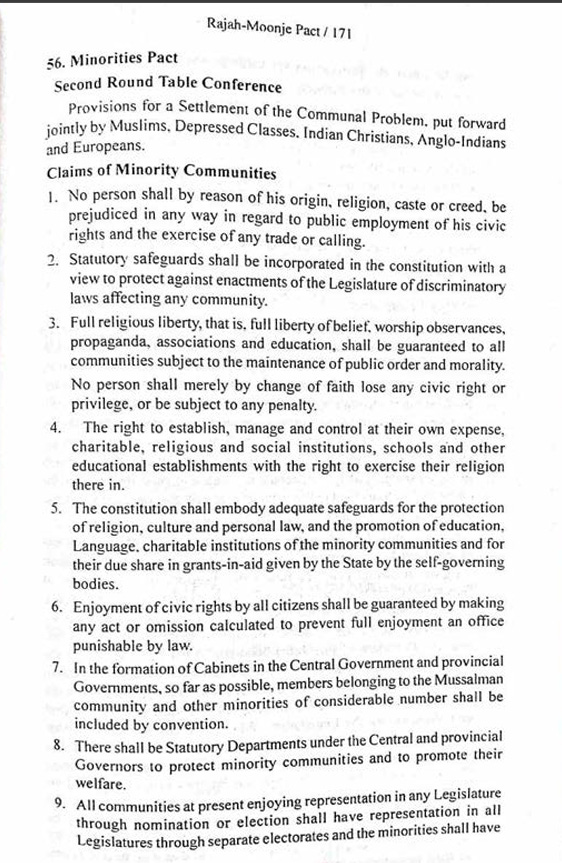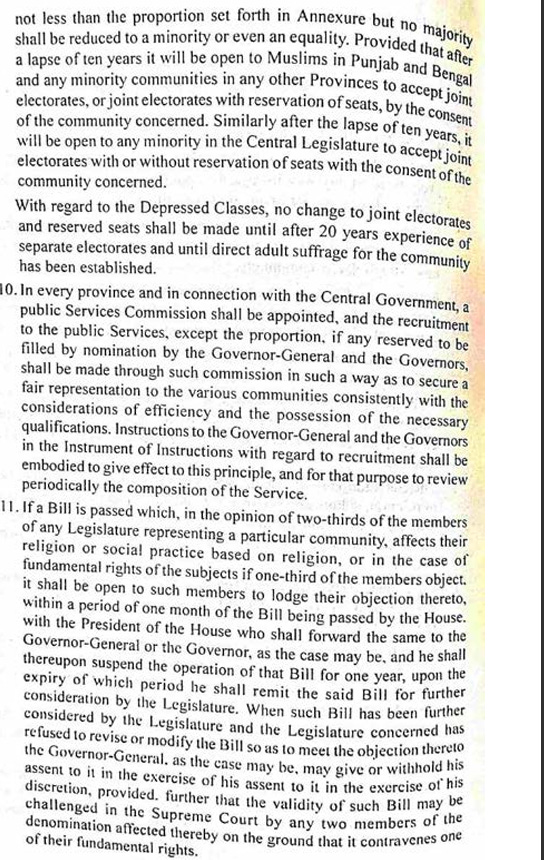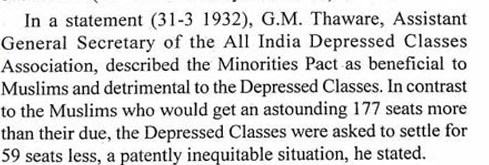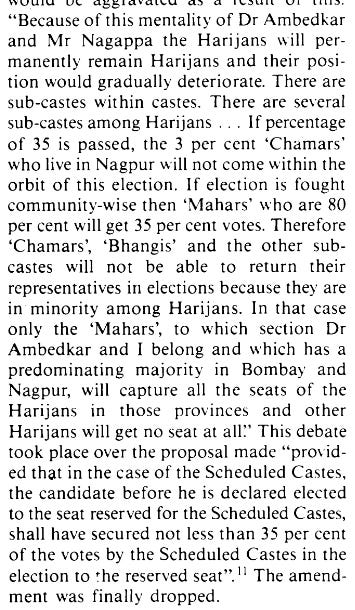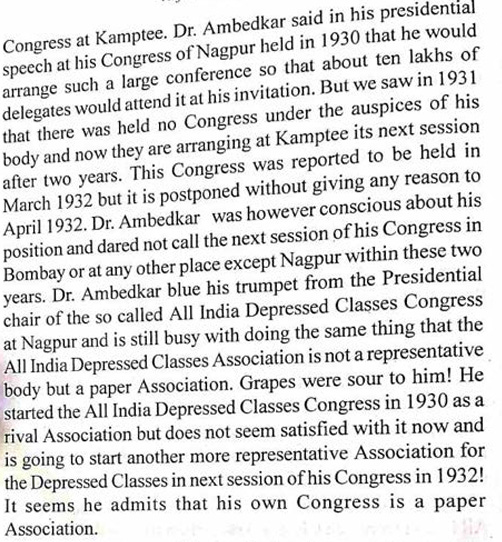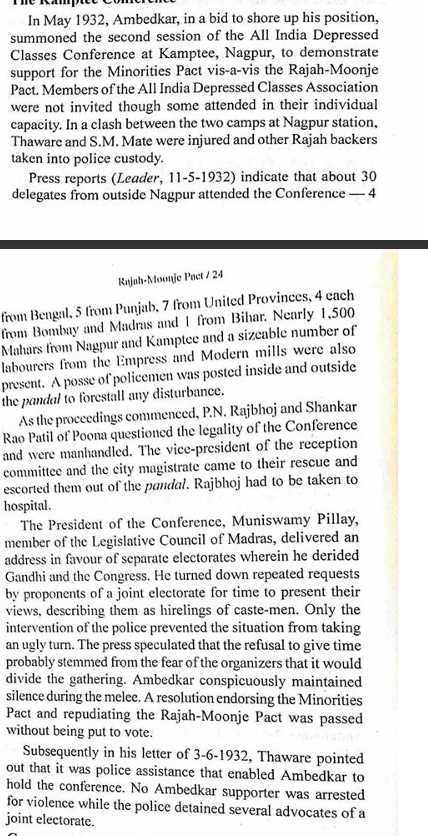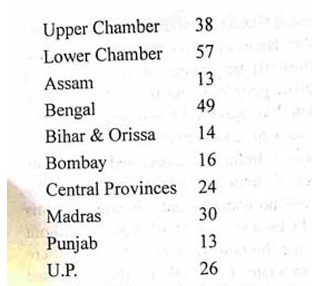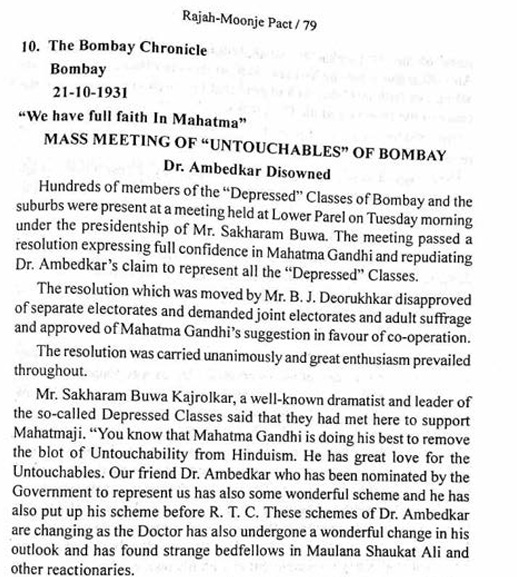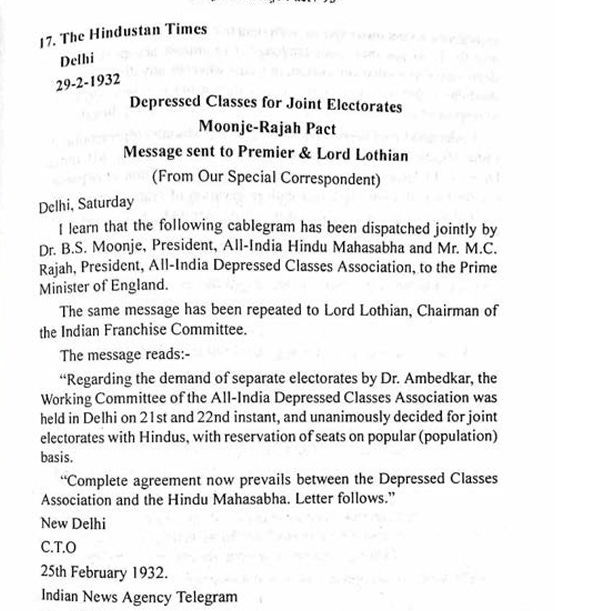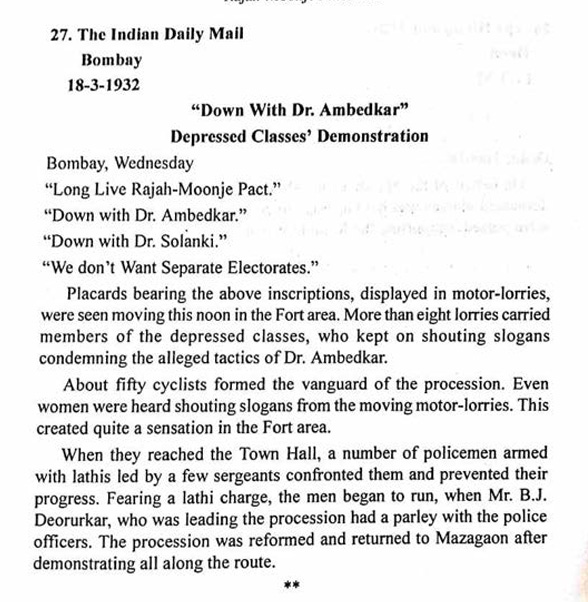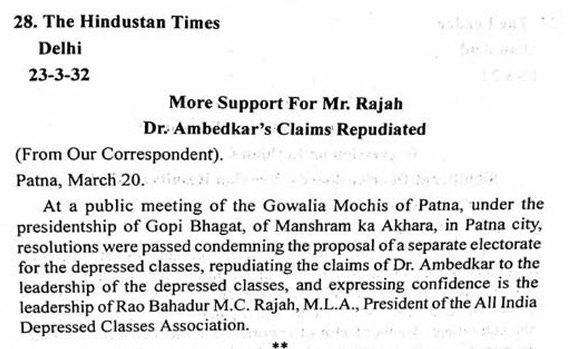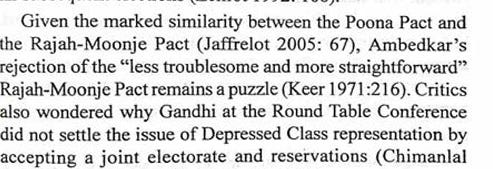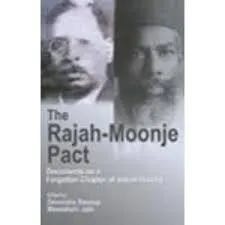Poona Pact
Its genesis and its rationale
To understand why the Poona Pact came to be, we need to understand what the Poona Pact was all about. It ensured that members of the Depressed Classes(Dalits) would have reserved seating within the Hindu Electorate. This was agreed upon to ensure that the Depressed Classes shall remain within the Hindu Polity or will not demand a separate electorate and opt for joint electorates. Therefore, the Poona Pact was an agreement between the Depressed Classes and the larger Hindu polity that they shall remain part of one united polity, united by their common religion, and ensure that the essential unity of Hinduism is not broken. The Depressed Classes dropped their demand for a separate electorate and instead got seats that were reserved for the depressed class candidates. They shall be voted into power by all groups of Hindu society, unlike the separate electorates where only the depressed classes would vote for depressed-class candidates.
The plan to sign the Poona Pact was made in Bombay on 19th September when a meeting was convened by Mahamana Madan Mohan Malviya. The Poona Pact gave 148 seats out of 1436 to the depressed classes unlike, the communal award which gave them 78 seats.
The issue of separate electorates came about after the 1905 partition of Bengal where it was divided into a Muslim Bengal and a Hindu Bengal and this division was cemented politically in the 1909 Councils Act popularly known as Morley-Minto reforms. This also led to demands by the Sikh community to redefine themselves as non-Hindu and led to much debate within the larger community. The process of getting reserved seats within the electoral bodies and redefining what it means to be a Sikh is covered in the book, “Sikh Separatism-The Politics of faith”.
Therefore, it was only natural for the British to break the biggest anti-British coalition that was building against them in the form of the Congress, the Hindus. Therefore, they decided to break up the Hindus on caste lines and the most formidable way to do so was to break the Hindu polity by bringing about separate electorates. It would be short sighted to say that this plan came about in the 1900’s after the Councils act. It was in consideration since the 1857 war of Independence.
The census done in the years leading up to 1911 was not caste-related but in 1911, clear instructions were provided that caste needs to be documented in the census. In the census of 1901, a system of social precedence was established which finally led to caste enumeration in the 1911 census. Certain other communities were also interested in the caste enumeration, especially the Mohammedans who wanted to de-link the Hindu polity from each other to ensure that the Hindu electoral strength was reduced. This was in their interest as they were being electorally routed in municipal elections, and this led to them facing heavy cultural and political losses. This was documented and expounded upon by historian and scholar Dr. Saumya Dey in his book, “The Seedbed of Pakistan”. Even Dr. Ambedkar attests to this fact in many of his writings. The Mohammedans later had the nerve to suggest that the Depressed Classes were not Hindus in 1909 and therefore should not be treated as such and break the united Hindu polity. This was the first major attack upon the essential unity of Hinduism and Hindu polity.
There is also some reason to suggest that the Depressed Classes numerical strength was increased artificially, and this claim was made by none other than Lala Lajpat Rai, Sher-i-Punjab.
There were even conspiracies hatched to ensure that they should be treated as Protestant Hindus, the contention being that the caste Hindus are Catholic and were trying to oppress the religiosity of the Depressed Classes the same way Catholics did to the Protestants after the protestant reformation.
The debate around separate and joint electorates formally started in the year 1919 during the Franchise committee where GA Gawai of the Hindu Mahasabha and Dr. Ambedkar, both Mahars were in support of joint electorates as they felt that separate electorates wouldn’t help the cause of the Depressed Classes, Vitthal Ramji Shinde advocated for reserved seats. One of these gentleman would change their views and advocate for Depressed Class separatism and separate electorates with the minorities pact twelve years later.
The issue of separate and joint electorates was settled until the second round table conference where the congress and its main representative did not advocate for joint electorates with enough intellectual strength. Dr. Ambedkar and R. Srinivasan were the Depressed Classes representatives which was seen as bizarre as M.C Rajah was the President of the Depressed Class Association(DCA) which was the largest Depressed Classes body with a membership of 40,000 educated Depressed Classes members. He was also elected the president of the said body twice, and Dr. Ambedkar had lost the election to him for the presidentship of the organization. He also founded the Depressed Classes Conference as a rival organization to the DCA. Depressed class leaders such as P. Baloo and B.J. Deorukhkar claimed that Dr. Ambedkar had no right to present himself as the sole leader and representative of the Depressed Class.
This is true as many within the Depressed Classes believed that Dr. Ambedkar was the leader of the Mahars and not the Depressed Classes and there are many instances of people accusing him of the same:
During the second round table conference it was noted that Dr. Ambedkar was holding meetings with Shaukat Ali, the erstwhile leader of the Khilafat movement and described them as strange bedfellows. This meeting eventually led to the minorities Pact. This was being done before the communal award of 1932 to ensure separate electorates for the Depressed Classes.
Now, I will provide the details regarding the minorities pact.
The minorities pact was an unmitigated disaster for the depressed classes as it resulted in not only them being separated from the Hindu community and society, but, it led to them being politically marginalized as the Depressed Class leader who signed onto the pact gave up 59 Depressed Class seats which resulted in Mohammedans getting more seats.
The other reason the minorities pact was not welcomed by the majority of the Depressed Class was because it would lead to the numerical minorities within the depressed class being politically marginalized. A Depressed Class Leader Mr. Khandekar(also a Mahar) criticized Dr. Ambedkar for these actions as he accused him of ensuring that Mahars within the separate electorates would reign supreme due to their populace being in the numerical majority.
To gather support for the minorities pact, Dr. Ambedkar mobilized his supporters through the Depressed Classes Conference(DCC) and held the Kamptee Conference in 1932. It is to be noted that Dr. Ambedkar had established this as a rival organization, he had pledged to hold a meeting with 10 lakh members of the depressed class at the Kamptee Conference in 1930. This never happened as recalled by GM Tharware. He also called this rival organization, a paper organization.
During the Kamptee conference of 1932 where Dr. Ambedkar asked for support for the minorities pact, opponents of the pact came forward to talk about the legality of the conference and the pact itself. They were physically manhandled and beaten. The eyewitnesses also said that the police helped the organizers of the conference against the protestors even though the protest was verbal and intellectual. The protestors were not allowed to speak and the resolution to accept the minorities pact was accepted without a vote. GM Tharware later said that the only reason this conference happened was due to the police being biased towards the supporters of the minorities pact while repudiating the supporters of the Rajah-Moonje Pact.
The Rajah-Moonje Pact was signed between RB M.C. Rajah, the President of the Depressed Classes Association, and Dr. B.S. Moonje, President of the Hindu Mahasabha in February 1932 which advocated for joint electorates and the essential unity of Hindu society, both politically and socially. M.C. Rajah was seen as the leader of Depressed Classes and had the credentials and achievements to be their leader. While Mahatma Gandhi was in Jail, the de-facto leader of the caste Hindus was Dr. Moonje. The Rajah-Moonje Pact was relatively similar to the Poona Pact which was finally accepted after the failure of the communal award of 1932, also known as the Ramsay McDonald Award. It was also relatively more popular than the minorities pact within the caste Hindus and Depressed Classes. This was due to it providing more reserved seats than the minorities pact to the Depressed Classes, on the basis of percentage of population.
Therefore, it is sufficiently clear that the Rajah-Moonje Pact was favored more within the Depressed Classes than the minorities pact.
I would also like to clear another misunderstanding regarding the fast conducted by Gandhi against separate electorates. He could have advocated for reserved seats at the 2nd round table conference which he did not do, neither was his fast a form of sacrifice as the Rajah-Moonje Pact was already more popular than the Minorities Pact, or joint electorates were favored more than separate electorates within the Depressed Classes and his fast was the death knell to the cause of those who wanted to break Hindu Society politically and then socially.
Source:


